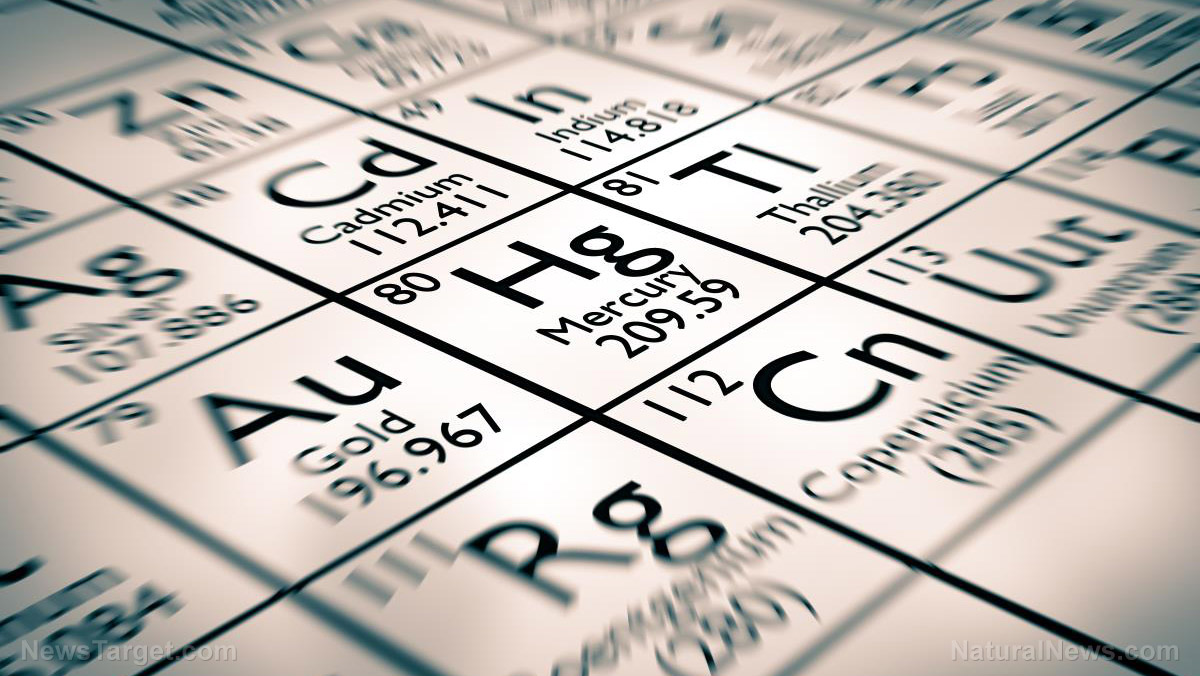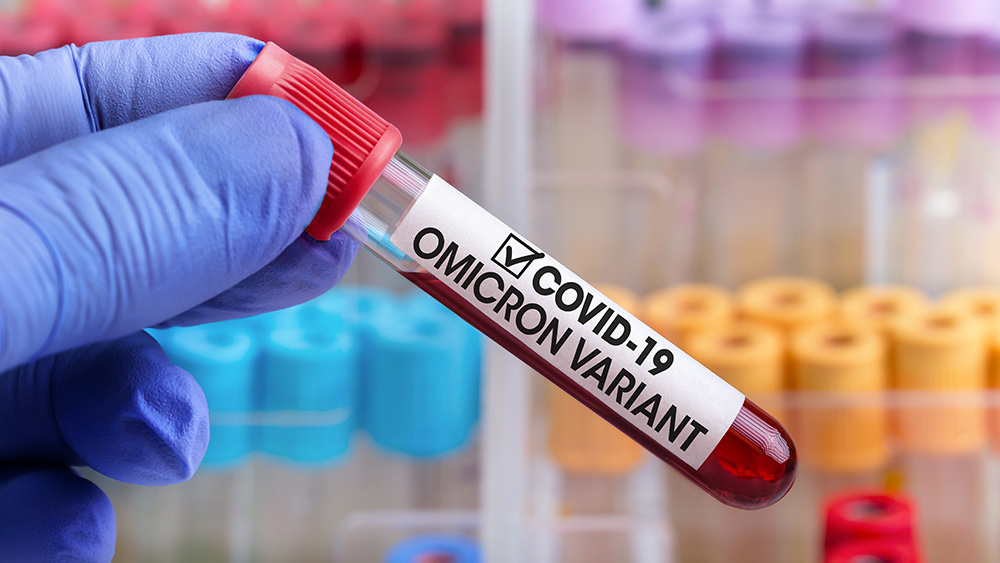Researchers look into developing periodic tables for molecules
01/07/2021 / By Ramon Tomey

A research team from the Tokyo University of Technology (Tokyo Tech) has proposed a “periodic table” for molecules with different geometrical symmetries. The team’s study, published in Nature Communications, introduces a new approach that’s based on keen observation of the behavior of valence electrons. Valence electrons are found in the outer shell of atoms, and they can interact with other valence electrons to form compounds.
When multiple atoms form a symmetrically shaped cluster, their valence electrons occupy certain positions and exhibit wave-like behaviors – almost exactly as if they were the electrons of a huge atom. By considering these positions and behaviors — called “super-atomic orbitals” — and analyzing the effects of the structural symmetries for clusters, the researchers came up with the symmetry-adapted orbital (SAO) model.
The researchers plan to create new periodic tables for molecules with different symmetries. These tables will be four-dimensional, as the molecules will be arranged based on four parameters: groups, periods (like in the normal periodic table), species (according to constituting elements) and families (determined by the number of atoms).
The periodic table of elements, first proposed by Dmitri Mendeleev in 1869, groups all the elements found in nature by rows and columns based on the number of electrons they have. Scientists subsequently used Mendeleev’s periodic table to predict the characteristics of future elements, which were eventually discovered and added to the periodic table over time.
Some researchers have put forward rules for predicting the existence of certain molecules. But because of the limitations of their theories, their predictions only applied to clusters of atoms with a quasi-spherical symmetry.
The SAO model opens many avenues for materials design
Professor Kimihisa Yamamoto, one of the study’s authors, said the SAO approach is “very promising” for materials design. “Modern synthesis techniques enable us to produce many innovative materials based on the SAO model, such as lightweight magnetic materials,” Yamamoto said.
In their report, he and his colleagues noted that “among the infinite combinations of constitutive elements, the proposed periodic table will be a significant contribution to the formation of novel functional materials based on clusters with magnetic, optical and catalytic functions.”
They also outlined how a variety of clusters can be created using the SAO model. Molecular clusters with specific characteristics can be synthesized in the gas phase using a combination of laser vaporization techniques and time-of-flight mass spectrometry. Template-based synthetic methods can also be used to create clusters in the liquid phase, while crystallization methods can yield clusters that can be used for solid-state materials.
The SAO model approach could enable scientists to create novel materials
The SAO model proposed by Yamamoto and his team will be useful for the creation of novel materials. As researchers unearth new things about existing substances, the SAO model could allow them to systematically explore as-yet unknown stable clusters that can be used to produce new materials.
Take the case of Massachusetts Institute of Technology (MIT) researchers who managed to create carbon nanotubes using common household chemicals. The team, led by MIT graduate student Richard Li, produced carbon nanotubes using baking soda, table salt and detergent pellets without the use of high heat.
Although the resulting nanotubes were not as strong as those traditionally made with iron, they were not contaminated by sodium, which is commonly used in their production. Li and his colleagues are looking forward to refining their production process to create stronger carbon nanotubes.
Visit Discoveries.news for more articles about the latest in materials science.
Sources include:
Tagged Under: breakthrough, Chemistry, cool science, discoveries, future science, materials design, materials science, novel materials, research, SAO model, symmetry-adapted orbital model, valence electron
RECENT NEWS & ARTICLES
COPYRIGHT © 2017 RESEARCH NEWS





















